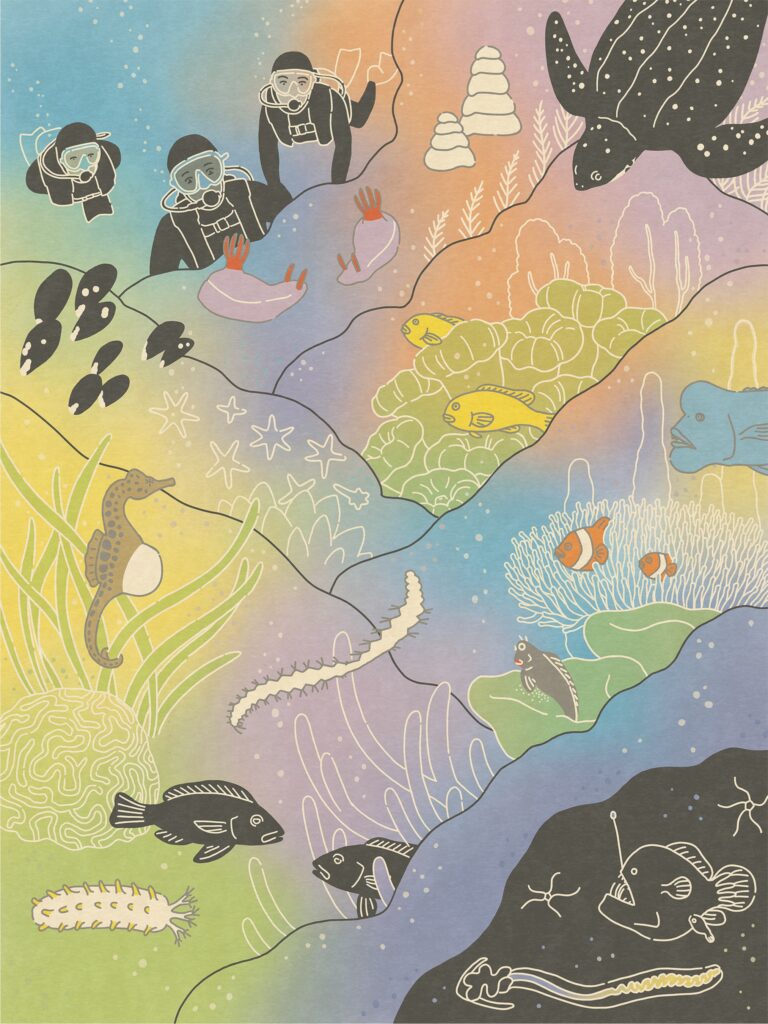
Title: Birds of a Feather Work in Unity: Two Decade Study Uncovers Friendship-Like Connections Among Starlings
An innovative 20-year research study published in Nature has challenged established theories about animal social interactions, demonstrating that birds—often viewed as beings driven by instinct—are capable of forming friendships similar to those found in humans. Researchers from Columbia University have thoroughly monitored African superb starlings (Lamprotornis superbus) over the span of two decades, revealing a complex network of long-lasting, mutual relationships among both related and unrelated individuals.
Directed by researcher Alexis Earl alongside Professor Dustin Rubenstein, the study disputes the common belief that animal cooperation is exclusively the result of kin selection. Rather, it illustrates that starlings foster lasting partnerships that surpass familial connections, collaborating with peers in a manner that closely resembles how humans cultivate and sustain friendships.
Twenty Years of Exploration: Unveiling Starling Dynamics
From 2002 to 2021, the research team performed extensive field studies in the savannahs of East Africa, observing superb starlings through 40 breeding seasons. Over 12,000 instances of assistance involving 563 birds across 410 nests were documented, highlighting how individuals shifted between the roles of “helpers” and “breeders.”
According to Rubenstein, starling social groups are not merely organized around familial ties. “Starling societies are not simplistic family units; they are far more intricate, consisting of a blend of related and unrelated individuals cohabitating, much like humans,” he remarked.
These avian groups were found to be fluid, continuously adapting to a challenging and unpredictable environment through collaboration. Immigrant starlings—unrelated newcomers—were warmly received and permitted to breed. Over time, they formed reciprocal helping relationships with group members, thereby enhancing the community’s overall resilience.
The Overlooked Nature of Reciprocity in Animal Behavior
Historically, researchers have characterized altruistic behavior in animals mainly as efforts to assist close kin, thereby boosting genetic survival prospects. However, the extensive nature of this longitudinal study enabled scientists to reveal behaviors that had remained hidden due to the brevity of typical animal research.
Notably, while kin-based helping behavior can be recognized within just three breeding seasons, evidence of non-kin reciprocity only became statistically evident after 27 seasons. These long-term interactions—where birds assist unrelated birds that had helped them years prior—can only arise from decades of continuous observation.
This delayed visibility accounts for why such behavior had previously gone unnoticed. In fact, after analyzing data spanning 40 starling generations, the researchers determined that reciprocal helping was a more potent predictor of social behavior than kinship.
Collaboration in a Challenging Environment
Superb starlings reside in the parched savannahs of East Africa—an inhospitable ecosystem where environmental instability imposes significant pressure on survival strategies. Within this framework, social cooperation serves as a vital evolutionary advantage.
Immigrant birds, instead of being ostracized, are often embraced into breeding coalitions and quickly receive assistance from established group members. These acts of kindness are generally not isolated incidents. Rather, they initiate long-term mutual support and caregiving exchanges that endure for years—echoing the development of human friendships.
“Many of these birds are essentially creating friendships over time,” Rubenstein noted. “Our next move is to investigate how these relationships form, their duration, and why some relationships remain strong while others dissolve.”
Repercussions for Understanding Animal and Human Communities
The insights garnered from this pivotal study possess the power to transform our understanding of animal social interactions. Rubenstein posits that reciprocal helping relationships may be more prevalent in nature than previously acknowledged, particularly among long-lived species that engage repeatedly over time.
His research team has also examined social behaviors across various species—from shrimp and wasps to rodents and lizards. The parallels between human and starling interactions suggest that friendship-like connections may not be exclusively human traits.
This study adds to the accumulating evidence that social complexity, collaboration, and cultural characteristics can evolve in numerous species independently of human impact.
Key Insights from the 20-Year Research:
– Starlings demonstrate cooperative relationships with both related and unrelated individuals.
– Birds commonly alternate roles between “helper” and “breeder,” often establishing enduring exchanges of support.
– Non-kin assistance occurs even amidst family, indicating choice-driven cooperation.
– Observable patterns of reciprocal helping require at least 27 seasons to develop, clarifying why previous models overlooked them.
– Over 40 seasons, reciprocal helping proved to be a more precise indicator of behavior than genetic kinship.
– Immigrant birds—both males and females—actively establish and uphold reciprocal partnerships upon joining new groups.
A Fresh Perspective on Avian Intelligence and Empathy
The discovery that birds not only identify and remember other individuals but also sustain mutual helping relationships over years indicates a level of cognitive and emotional sophistication that parallels that of mammals.